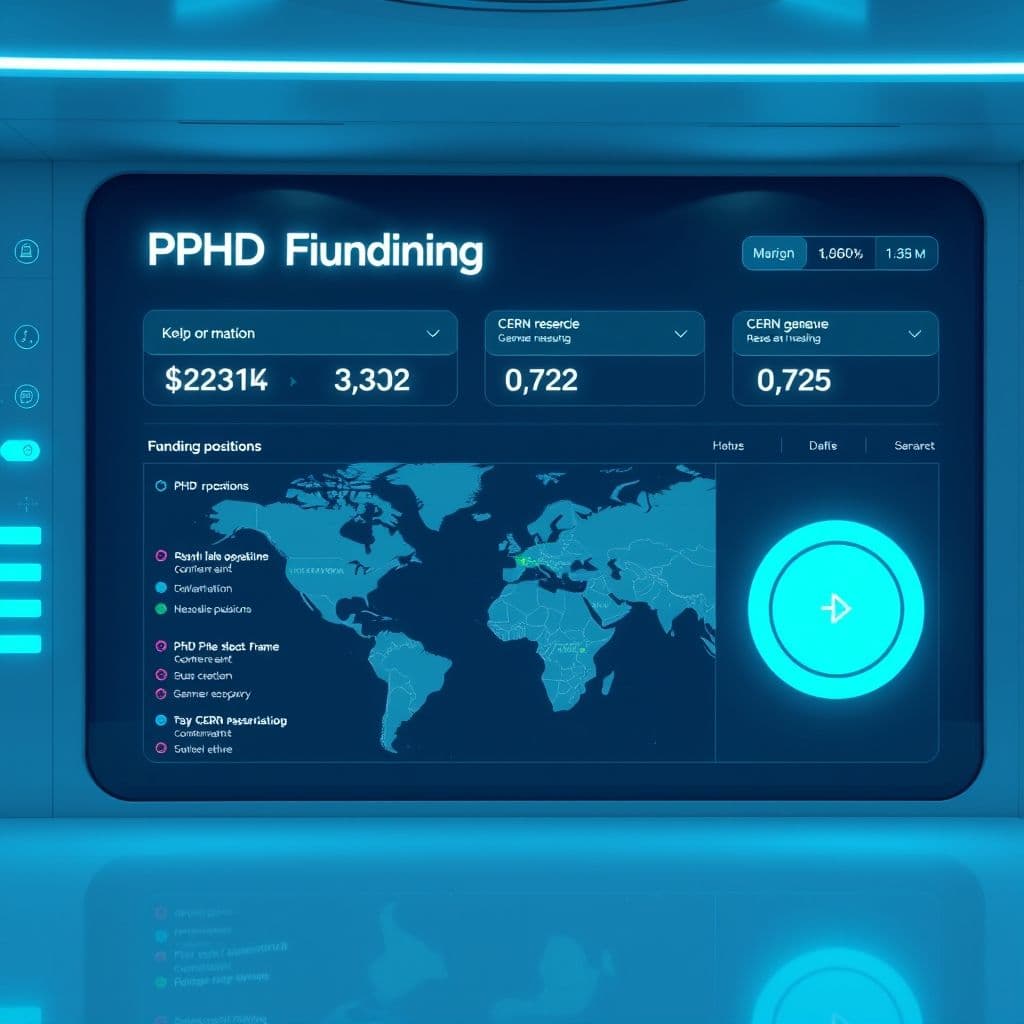The PhD Funding Crisis: How a SaaS Solution Could Help Struggling Students

The recent viral TikTok from a dismissed pharmacology PhD student highlights a growing crisis in academia: systemic funding shortages are derailing promising research careers. As universities face budget cuts and bureaucratic hurdles, PhD candidates are left scrambling for support. This article explores the depth of the problem and imagines how a specialized SaaS platform could potentially bridge this critical gap.
The Funding Crisis: A Systemic Problem
The academic world is facing an unprecedented funding drought. PhD students across disciplines - from neuroscience to climate research - are being dismissed or rejected due to vanishing financial support. The problem extends beyond individual institutions, with comments revealing similar stories from Cornell to international programs. Bureaucratic red tape compounds the issue, as even when professors have funding, university policies prevent them from taking on new students.
The consequences are devastating. Years of preparation go to waste as aspiring researchers face abrupt dismissals. The mental health toll is immense, with students reporting anxiety, imposter syndrome, and career uncertainty. Many are considering abandoning academia altogether, as evidenced by comments like 'I dropped out of my masters... now I'm a farmer.'

A Potential SaaS Solution: The Research Funding Hub
Imagine a centralized platform that aggregates all available funding opportunities for PhD students - a comprehensive database of grants, scholarships, and institutions with proven funding availability. This hypothetical SaaS solution would go beyond simple listings, offering intelligent matching based on research interests, qualifications, and career goals.
Key features could include: verified funding status indicators for programs worldwide, direct connections with potential advisors, automated application tracking, and personalized alerts for new opportunities. The platform might incorporate AI to help students craft stronger applications by analyzing successful proposals in their field.

Potential Impact and Implementation
Such a platform could dramatically reduce the 50+ PI outreach efforts mentioned in the video. By verifying funding availability upfront, students would avoid dead-end applications. Institutions could use the system to efficiently match with qualified candidates, while funding agencies might discover promising researchers they'd otherwise miss.
The service could operate on a freemium model - basic access for students, premium features for institutions, and sponsored listings from funding bodies. Special modules might address international transitions, helping students navigate visa requirements when considering programs abroad as many commenters suggested.
Conclusion
While no SaaS solution can single-handedly fix systemic funding shortages, a well-designed platform could empower PhD candidates with better information and connections. In an era where brilliant researchers are farming instead of innovating, we need creative solutions to preserve academic talent. Perhaps the very students facing these challenges will build the tools to prevent others from similar fates.
Frequently Asked Questions
- How would this SaaS platform verify funding availability?
- The hypothetical system could partner with institutions to receive direct updates on funding status, while using AI to analyze grant databases and publication acknowledgments to identify well-funded labs.
- Wouldn't this just create more competition for limited spots?
- While competition exists, the platform would aim to surface overlooked opportunities, including international programs and alternative funding sources that students might otherwise miss.
- How could this be monetized without exploiting students?
- Revenue could come from institutional subscriptions, funding agency partnerships, and premium services like application coaching - while maintaining free basic access for students.


